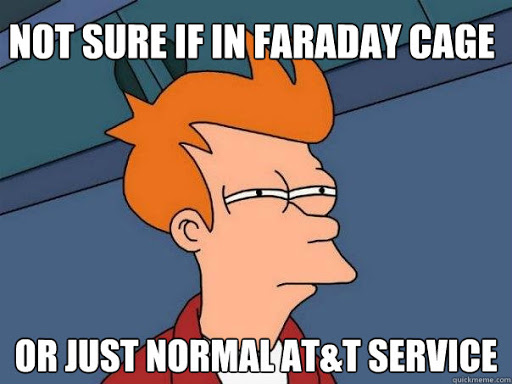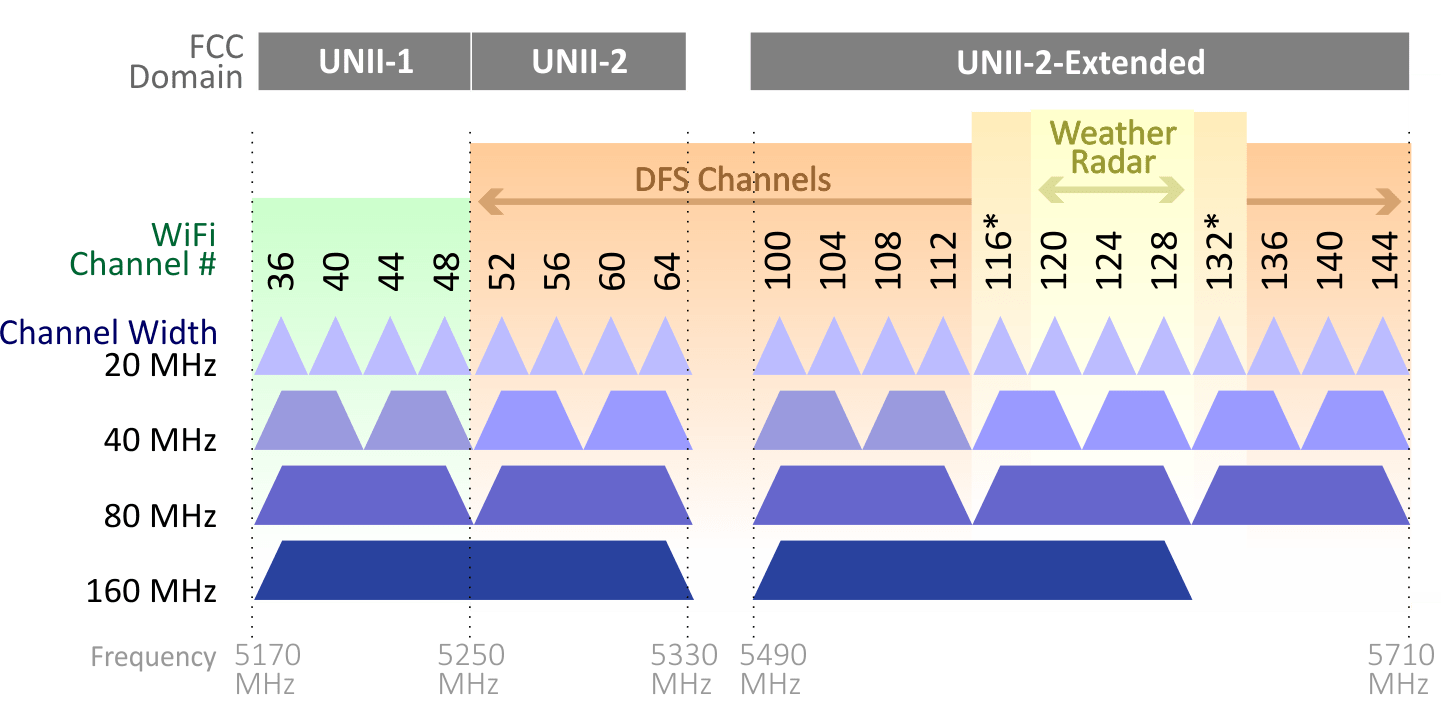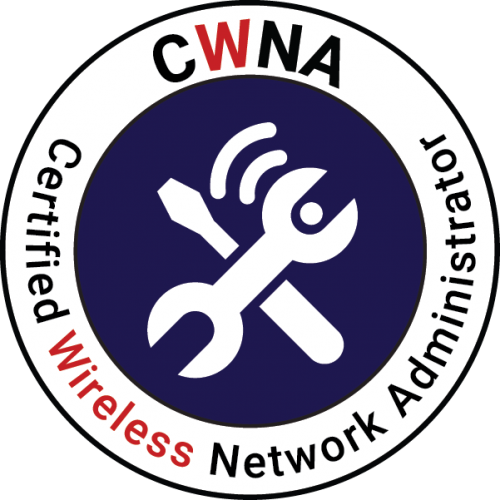Welcome to the 802.11 Evolution
Welp, thats it, I’m done with CWNA….I’m kidding but this chapter was a BEAST! I am pretty confident I am going to dream about 802.11 tonight. If memory serves me, the book mentioned something about alphabet soup, now I want to revisit my childhood, times were easier then. I see flash cards in my future for memorization help as this content can be a bit redundant, and by redundant I mean that you will see 802.11 something over and over. That being said, it is the basis of everything we do, what wireless evolves from, so we will dig in and respect it.
Let’s talk about 802.11 the OG
OG used to mean Original Gangster although some people these days use OG as a quicker way of saying Original.
Okay, full disclosure, there is no 802.11og, although I petition that 802.11 be changed now. The original 802.11 standard was introduced in June of 1997 as 802.11-1997. It was also know as 802.11-Prime and was revised in 1999. The most recent iteration was in December 2016, referred to….you guessed it 802.11-2016.
The original PHY Layer Specs were as follows:
- Infrared: light based medium now deprecated and removed from 802.11-2016
- Frequency-Hopping Spread-Spectrum: an RF signal is considered spread-spectrum when the bandwidth is wider than what is required to carry the data. This too has been deprecated
- Direct-Sequence: uses fixed channels. DSSS 802.11 radios are known as Clause 15 devices
802.11 originally was only 2.4GHz in the ISM (Industrial Scientific and Medical) band. For DSSS the frequency range was from 2.4 to 2.4835GHz and for FSSS it was 2.402 to 2.480GHz. Data rates initially tipped the scales at 1 and 2Mbps.
Data Rates: the number of bits per second the PHY layer carries during transmission. It is often confused as throughput, when in fact it is the transmit speed. Typically throughput will be roughly half the speed. Ever see the outside of the box of a wifi router at the store…..this does 50Gbps!!! If only we all lived in a faraday cage.

From here on we go 802.11 overload
I tried to think of a fancy way to talk about all the variations of 802.11 but I think for this one we just have to dig in. I am going back to the ole reliable toggles so you can test yourself on what you remember about each one.
- Originated in 1999
- 5GHz
- OFDM (Orthogonal Frequency Division Multiplexing)
- Could use 3 100MHz bands called U-NII (Unlicensed National Information Infrastructure) frequency bands with a total of 12 channels
- It had advantages of 2.4GHz because it used much less crowded frequency space
- Required data rates 6,12,24,54Mbps
- Supported data rates 6,9,12,18,24,36,48 and 54Mbps
- Is not backward compatible with 802.11 legacy or 802.11b/g
- 802.11a uses a different RF technology thatn 802.11 and 802.11b
- 802.11a uses 5GHz, 802.11, 802.11b/g all use 2.4GHz
- Originated in 1999
- Uses HR-DSSS (High-Rate Direct Sequence Spread Spectrum)
- Frequency range 2.4 – 2.4835GHz
- Uses CCK (Complimentary Code Keying)
- Supported data rates 1,2,5.5, and 11Mbps
- Backward compatible with 802.11 legacy DSSS rates of 1 and 2Mbps
- The 5.5 and 11Mbps data rates are HR-DSSS
- Originated in 2001
- Added compliance for regulatory domains
- US, Japan, Canada and Europe
- Adds country element to beacons, probe requests, and probe responses
- Originated in 2005
- Defines layer 2 MAC methods to meet QOS (Quality of Service) requirements
- Used for time sensitive applications like voice
- Originated in 2003
- Uses ERP (Extended Rate Physical)
- Uses frequency range 2.4 – 2.4835GHz
- PHYs used are ERP-OFDM and ERP-DSSS/CCK
- Extended rate OFDM data rates are 6,9,12,18,24,36,48 and 54Mbps
- only 6,12 and 24Mbps are required
- Backwards compatible with 802.11, 802.11b with Extended Rate DSSS/CCK with 1,2 and 11Mbps
- Extended rate OFDM data rates are 6,9,12,18,24,36,48 and 54Mbps
- Originated in 2003
- Defines mechanisms for DFS (Dynamic Frequency Selection) and TPC (Transmit Power Control), which in turn prevent interference with 5GHz satellite and radar transmissions
- Adds U-NII-2 Extended, which allowed 11 more channels in certain domains
This quick break brought to you by DFS and TPC
DFS: Dynamic Frequency Selection gives the AP the ability to do a couple items listed below.
- AP will allow clients to associate on U-NII-2 channels
- AP can quiet the channel to check for radar
- AP can test the channel before use
- AP can detect radar on the channels
- AP can cease use after detention
- AP can choose new channel and inform clients about that decision

TPC: Transmit Power Control regulates power levels used by OFDM in 5GHz.
- Based on regulatory domains
- Clients can associate with AP based on transmit power
- AP and client abide by max transmit power on a channel
- AP can specify the transmit power of any or all stations associated
- AP can change transmit power on stations based on physical Rf environment, such as path loss
- Originated in 2004
- Defined RSN (Robust Security Network) enhanced security to data going over the air
- Data Privacy
- Added CCMP/AES (Counter Mode with Cypher Block Chaining Message Authentication Code Protocol) which used AES (Advanced Encryption Standard) algorithm
- Also added optional encryption TKIP (Temporal Key Integrity Protocol) an enhancement to WEP
- Data Integrity
- WEP uses ICV (Integrity Check Value)
- TKIP uses MIC (Message Integrity Check)
- CCMP uses a stronger MIC
- All 802.11 frame have a 32 bit CRC also know as FCS (Frame Check Sequence) that protects the body of the frame
- Authentication
- One of two methods
- 802.1X using EAP (Extensible Authentication Protocol)
- PSK (Pre-Shared Key)
- One of two methods
- RSN (Robust Security Network)
- Defines entire method of establishing authentication, negotiating security associations and dynamically generating encryption keys for clients and APs
- Originated in 2004
- Allowed Japanese 4.9 and 5GHz bands
- 4.9 – 5.091GHz
- Allowed use of OFDM 10MHz channel spacing
- Supported data rates 3,4,5,6,9,12,18,24 and 27Mbps
- Mandatory data rates 3,6,12Mbps
- Originated in 2008
- Introduced RRM (Radio Resource Management)
- TPC (Transmit Power Control)
- Client Statistics -PHY Layer info like SNR, signal strength, and data rates could be sent back to AP or WLC
- Channel Statistics – clients can report noise-floor information based on RF energy in the background of the channel and report back to the AP. Channel load can also be reported.
- Neighbor Reports – clients could learn from AP about other APs to potentially roam to
- Originated in 2009
- Defined new operation, HT (High Throughput)
- Provides PHY and MAC enhancements to support data rates to 600Mbps
- Uses MIMO (Multiple Input Multiple Output) whch uses multiple antennas capitalizing on multipath. Multipath before now was destructive to signal.
- Backwards compatible with 802.11a/b/g
- Originated in 2010
- Supports ITS (Intelligent Transportation System) applications
- 5.9GHz between vehicles
- 5.850 – 5.925 between vehicles and roadside infrastructure
- Works up to 124mph with a range of 3,281ft with low latency
- Also known as WAVE (Wireless Access in Vehicular Environments)
- Originated in 2008
- FT (Fast basic service set transition) or fast-secure roaming
- Includes CCKM, PKC,OKC and fast session resumption
- Good use in voice application
- Allows bypass of 802.1X auth per AP after initial association
- Originated in 2011
- Allows APs to become the DS called WDS (Wireless Distribution System) by meshing over a multi hop mesh WDS
- Mesh points use a routing protocol called HWMP (Hybrid Wireless Mesh Protocol)
- MAP (Mesh AP) – provides mesh and standard AP functions
- MPP (Mesh Point Portal) – acts as a gateway to one or more external networks
- Originated in 2011
- Referred to as WIEN (Wireless Internetworking with External Networks)
- Basis for Hotspot 2.0 and Passport certification
- Seamless transition from WiFi network to other partner networks
- Originated in 2011
- Defines WNM (Wireless Network Management)
- Gives stations the ability to exchange information to aid in improving network performance
- Originated in 2009
- Provided a way to secure management frames called robust management frames
- Frame Protection achieved using CCMP (unicast management frames)
- Broadcast and Multicast protected by BIP (Broadcast/Multicast Integrity Protocol) using AES-128
- Originated in 2013
- Defines VHT (Very High Throughput)
- 5GHz only
- Max data rates 6933.3Mbps
- Wider channels 20,40,80,160MHz wide
- New modulation 256-QAM
- More spatial streams up to 8
- MU-MIMO – transmit to multiple clients at one time
- Can use beam-forming if clients support MU-MIMO
- WAVE-1: 256-QAM and 80MHz wide 3×3:3 radios
- WAVE-2: MU-MIMO and 160MHz wide 4×4:4 radios
- Originated in 2012
- 60GHz DMG (Directional Multi-Gigabit)
- Up to 7Gbps
- Low range within line of sight, does not travel through obstacles well
- Can transition between 2.4,5 and 60GHz seamlessly
- Originated in 2014
- Allows use of wireless in TV White Space (TVWS) frequencies 54-790MHz
- Originated in 2016
- WiFi HaLow using frequencies below 1GHz
- Used for sensor networks and along with backhaul for sensor networks
- Also can be used for IOT networks
End of Chapter Review
This portion of the book unlike the first chapter, had a very narrow focus. This chapter covers the foundation of wireless and it’s evolution over time. We did not cover items like 802.11ax as it is not tested at this time, however in the next edition of CWNA, you can be sure it will be included. If you want to look into the standards further, check out the IEEE.
In the next chapter we get into Radio Frequency Fundamentals which I am very much looking forward to.


















Too much letters… It’s easy to confuse.
Definitely a section you have to spend a good amount of time memorizing content.
HI Mike,
Thanks for setting up these reviews, they are awesome! I am also reading the Sybex book and other resources. I am looking to take the test at the end of June hopefully.
Glad you find them useful! I am aiming at the end of June as well. We can make it happen.
Good morning and soon to be Happy New Year! I just found your website so I’m using it now. I am using the 107 Sybex book and I know that the exam will change to the 108 format tomorrow. Without breaking NDA, how critical is memorizing the alphabet soup? After 15 IT exams over the last 20 years I just dont have the memory for something that may only cover 1-2 questions.
Hey Brian, sorry for the late response. You will be expected to know some of the more “popular” ones. I am sure every test is slightly different, but you will score a few points I am sure if you commit a good portion to memory. I would suggest using Anki App for flash cards to assist in this. I found it really effective.